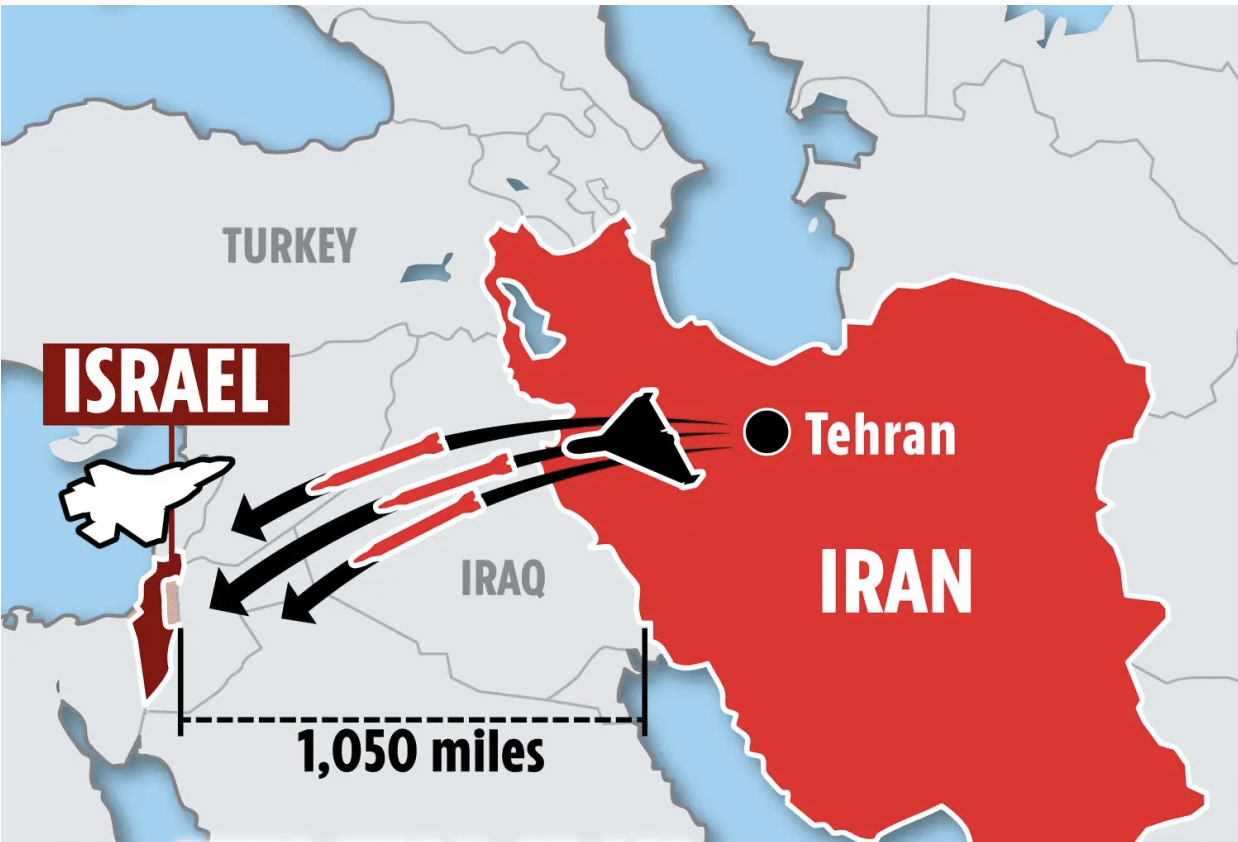(Grist) – Last July, temperatures in Waco, Texas reached an all-time high of 114 degrees Fahrenheit. It was was the 12th day in a row that temperatures had surpassed 99 degrees F, and the 7th day of record-breaking heat. The city’s energy use sky-rocketed as its electric grid struggled to keep air conditioners up and running. Local ranchers worried about dwindling food supplies for their cattle — the stock was running low because of the heat and ongoing drought. By the end of the month, 22 days had hit temperatures of at least 100 degrees F. Waco was just one of many cities across the globe that broke records for high
temperatures in 2018. Now new research from Princeton found that back-to-back heat waves (cycles of extreme heat interspersed with only short breaks of normal weather) will become more common thanks to, you guessed it: climate change. Using computer-generated climate simulations, researchers forecast an uptick in serial heat wave events compared to single heat waves. While other studies have anticipated heat waves becoming longer, stronger, and more frequent as global average temperatures rise, the Princeton report also examined how threats to health and safety escalate when populations are subject to one heatwave after another. READ MORE

















